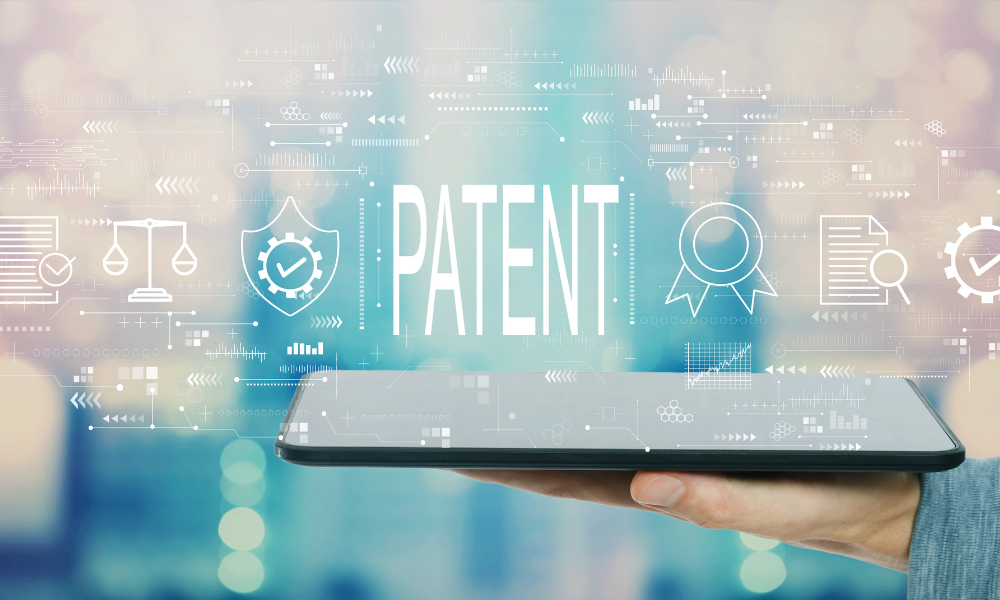With Big Pharma facing the largest “patent cliff” in 15 years, licensing deals are expected to become a crucial tool in 2025 for replenishing the pipeline of assets for exclusive drugs, according to lawyers working in the sector.
“Licensing has always been one of the core business strategies for biotech and pharma companies,” says Paul Armitage, head of the Vancouver technology industry group at Gowling WLG.
“Some years will have more deals, and some will have less. The way 2025 is unfolding, it looks like there will be a pretty decent rate of major licensing deals.”
The number of licensing deals in 2025, specifically those disclosed partnerships with biopharma partners, is expected to remain steady industry-wide compared to last year, according to Armitage, with approximately 130 deals, down from a peak of 228 deals in 2020.
He adds that a key driver of licensing activity will be the looming loss of exclusivity as branded drugs come off patent – the so-called “patent cliff.” Licensing deals in 2025 will likely focus more on drugs in later stages of development, he says, those with the closest prospect to becoming a commercial drug.
According to Armitage, biopharma companies are currently facing the largest patent cliff since 2011, with an estimated US$240 billion in sales at risk for the top 25 biopharma companies by 2030. What will be different this time, he says, is that the coming patent cliff will involve more biologics in the mix, whereas in 2011, the patent cliff was in the small-molecule drug space.
Armitage says the bright side is that the drop in patented biologics sales caused by biosimilar competition may prove to be gentler than the drop in the small-molecule space, with branded biologics potentially retaining their sales better in the face of biosimilar competition.
Current trends indicate that the key products being licensed are biologics, antibody drug conjugates (ADCs), small molecules, cell therapies, and radiopharmaceuticals. Other drivers of licensing activity include ever-increasing R&D costs and more complex biology, which makes drug development riskier and less certain.
Armitage points out that licensing deals with smaller companies are a considerable source of revenue for Big Pharma; the largest biopharma companies currently generate more than 50 percent of their revenue from products and pipeline assets derived from either mergers and acquisitions (M&A) or licensing alliances.
Revenues from licensed-derived products were 16 percent in 2013 and are projected to grow to 24 percent by 2028.
Noel Courage, principal with Smart & Biggar law firm, says that Big Pharma typically looks to start-up companies, universities and hospitals for licensing deal candidates. Often, start-ups are looking to license out to secure R&D funding, with an eye toward getting acquired.
“On the flip side, some relatively small Canadian specialty companies can make a meal out of licensing in IP rights for Canada or other secondary markets, countries, taking on opportunities that are too small or too much work for bigger pharmaceutical companies, but are still valuable.”
Courage also notes that Big Pharma often leaves the risk and cost of early-stage drug development to smaller companies and works with them when the prospects for commercialization are clearer. When the time is right, larger companies may even turn a research and development licensing collaboration deal into an acquisition – a “try before you buy” opportunity, he says.
David Frost, co-chair of the national life sciences group at McCarthy Tétrault LLP in Vancouver, notes that a licensing deal can often include an option to acquire. “There are times when you want to own something outright – especially if it is something that has a good business case in terms of target population or the uniqueness of the product or technology,” he says.
However, Frost acknowledges that a less risky approach from a resources and investment perspective is to enter into a licensing deal that gives you some exclusivity but leaves development in the hands of the licensor. “That way, you can monitor that development and see whether it fits into your business plan, and you can structure a transaction based on that.”
Shayna Goldman, partner with Davies Ward Phillips & Vineberg LLP, agrees that a licensing transaction, or what Davies likes to call a “commercialization transaction,” is “one of the many tools available” for clients looking to do deals, in an economy where uncertainty looms large. Commercialization transactions can, in certain instances, be a first step towards M&A because “the commercialization period is a period of partnership, where you get to know the product beyond pre-transaction diligence,” she says.
Goldman, however, notes that for certain clients and products, for various reasons, a commercialization transaction is just that, and there is no intention for there to be a product acquisition at a later date.
For smaller companies developing a drug, Courage at Smart & Biggar says licensing partnerships provide the necessary funding to stay afloat and develop their drugs, building clinical data that enables them to increase their value.
“Licensing creates the opportunity to see if a drug can hit key milestones to justify an acquisition. It also allows both companies to assess the fit of the people and science, to see if they work well together.”
Courage adds that it’s often a buyer’s market for potential drug candidates, so start-up companies, universities and hospitals frequently must carry the early-stage risk. “The more data and de-risking done, the more the interest in the candidate builds.”
Looking at licensing deals, Gowling’s Armitage says the upfront payment the drug developer receives is critical because it is often the only money guaranteed to be paid by the licensee, given the high failure rate of drug development.
In 2024, only five percent of total announced deal values went towards upfront payments, compared to 13 percent in 2019. Armitage says licensing deals are becoming more back-end loaded.
He says licensors’ “sweet spot” for drug licensing deals typically occurs when a new potential drug is approaching or already in phase 2 trials, when humans are enrolled to determine efficacy and dosage. (Phase 3 involves larger-scale human trials.)
“It’s been proven safe, and its efficacy has been proven in a small group of humans,” he says. “So that means the potential of the drug is at its highest.”
However, in terms of where upfront money is being spent, payments for phase 2 and earlier assets have decreased somewhat over the years as biopharma companies focus on later-stage assets. This reflects Big Pharma’s need to restock its product pipelines more quickly in the face of the patent cliff.
The overall trend shows an increase in all upfront licensing payments, rising by 22 percent annually from 2021 through 2024. However, there is a growing number of licensing deals involving larger amounts going towards potential drugs in later stages of development, perhaps reflecting Big Pharma’s desire to fill the patent pipeline more quickly.
As for the type of drug development that may attract licensing deals, both Courage and Armitage say one of the main features of the biopharma industry in recent years has been the success of the GLP-1 class of drugs, such as Ozempic and Wegovy. Initially approved for diabetes and obesity, biopharma companies have since obtained approvals for GLP-1 drugs against cardiovascular and sleep apnea, and GLP-1 drugs are being evaluated for a wide range of indications (cancer, addiction, neurogenerative conditions).
Armitage says this has revitalized interest within the industry in general medicine and treating common conditions, as opposed to rare diseases. Still, rare diseases have always been an integral part of the licensing process, and that will continue to be the case.
However, interest in general medicine and common conditions has increased among biopharma companies. For this reason, a company without, for example, an obesity drug may seek to obtain one – licensing provides an avenue for this.
Through the process of working with clients on the other side of a licensing deal, Courage says, “we are creating the legal structure to implement the business deal once it has been well-formed.
“We make sure that the client is getting what they think they are getting – whether it’s the life of the patent, the territories involved, and the milestones that need to be reached. It’s all about setting the rule book on both parties cooperating on the R&D together.”





